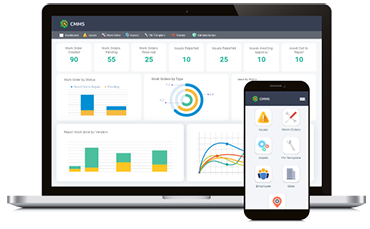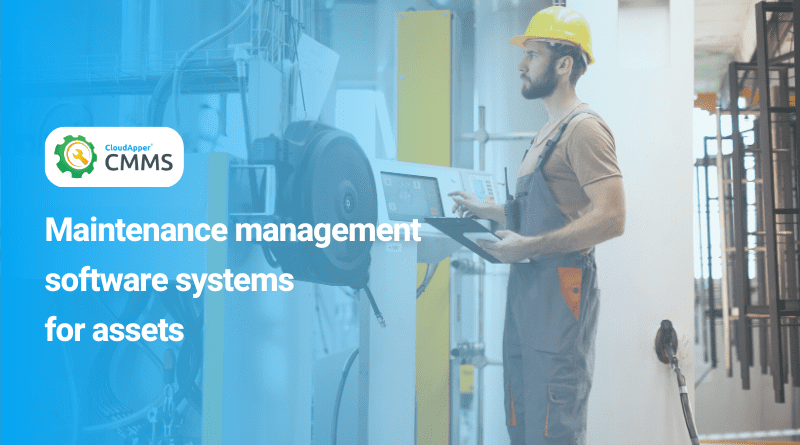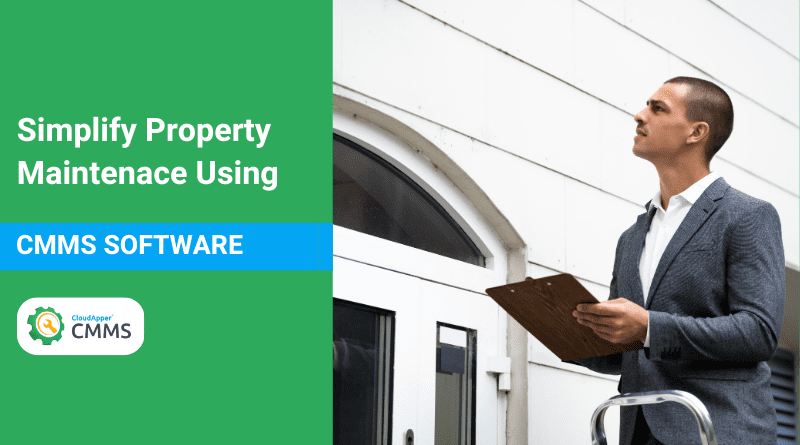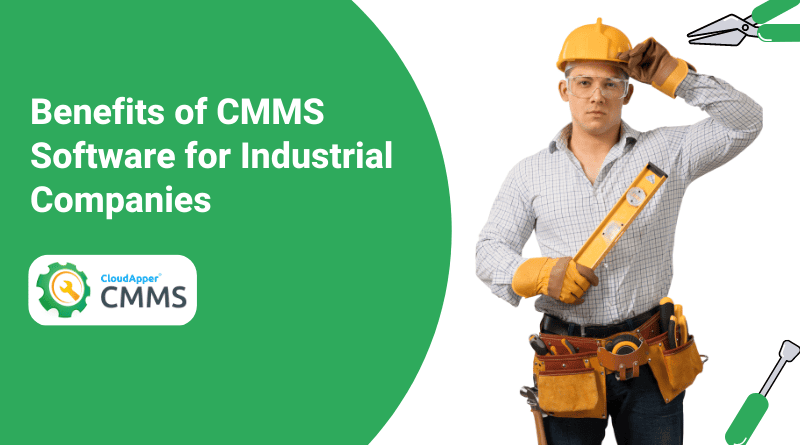Any piece of heavy equipment requires proactive maintenance to run smoothly, last longer, and perform as expected. The most balanced approach is preventive maintenance, which focuses on providing maintenance tasks even when the machinery is working correctly. However, just implementing a preventive maintenance plan isn’t enough; maintenance managers need to tweak the tasks and schedules to make them effective, reduce unplanned downtime, and minimize costs. This article will focus on just that and show how to improve preventive maintenance with five practices – let’s dive in.
Tips on How to Improve Preventive Maintenance
Identify and Address Risk Areas
Seasoned and responsible maintenance managers know well how to improve preventive maintenance. For starters, they are constantly on the lookout for weak links, such as problematic equipment, inefficiencies, hidden equipment issues, and more. Troublesome areas can be identified using inspections, audits, checklists, and a CMMS software solution. Afterward, by addressing the gaps they find using various tools, maintenance managers can reduce existing or potential problems.
However, doing it once is not enough – it is an ongoing process and not a task. Therefore, maintenance managers need to continuously identify and address risks to improve maintenance management at their facilities.
Be in Control of Spare Parts and Components
Maintenance management includes several activities like replacing spare parts and components and using tools to execute emergency and scheduled work orders. Organizations with several pieces of equipment have a larger maintenance team and therefore need more components and spare parts. Controlling the inventory of all these components can become quite tricky, which can hamper maintenance efforts.
For instance, a conveyor belt needs a part replaced, say, one of the pulleys. However, the component isn’t in the inventory, causing extended downtime and production disruptions. Moreover, if the parts aren’t available beforehand and are purchased only after needed, it can add more costs – express delivery fees, for example. While the organization is waiting for the components to arrive, production is delayed, as one of the conveyor belts is inoperable. If you don’t schedule maintenance for the machinery, it will schedule it for you.
The inventory of spare parts is crucial, bringing us to the next tip of how to improve preventive maintenance. Maintenance managers must have tighter control over the stock and ensure that the spare parts, tools, and other components are available at all times.
Using a CMMS software solution and dedicating resources to frequently check quantities can vastly help. Whenever the amount of a part reaches a certain point, the organization can place orders so that ample components are always available for use, ensuring smoother maintenance tasks, reducing downtime extensions, and minimizing disruptions.
Prioritize Regular Cleaning
One of the most straightforward yet most effective answers to how to improve preventive maintenance is cleaning the machinery regularly. While we have touched upon this topic a few times, we’re still repeating it because it’s a simple, easy, and sure-shot way to avoid unexpected equipment breakdowns. By regularly cleaning critical equipment, maintenance teams can ensure proper airflow, reducing wear and tear, overheating, permanent damage, emergency repairs, and even helping to extend the equipment’s life.
Make Use of Outages
Sudden and unexpected outages are detrimental to any organization. However, maintenance managers can make good use of the outages – most of the machinery is idle and ready for maintenance. In addition, maintenance managers can keep specific work orders reserved for outages. For instance, they can work on reducing the backlog. Thus, whenever outages occur, maintenance teams can provide maintenance to the machinery they couldn’t attend to during operation.
By planning ahead for outages and either working on the backlog or providing maintenance to machinery that was too crucial to take offline, maintenance managers can ensure that their teams make the best use of the situation, improving asset reliability.
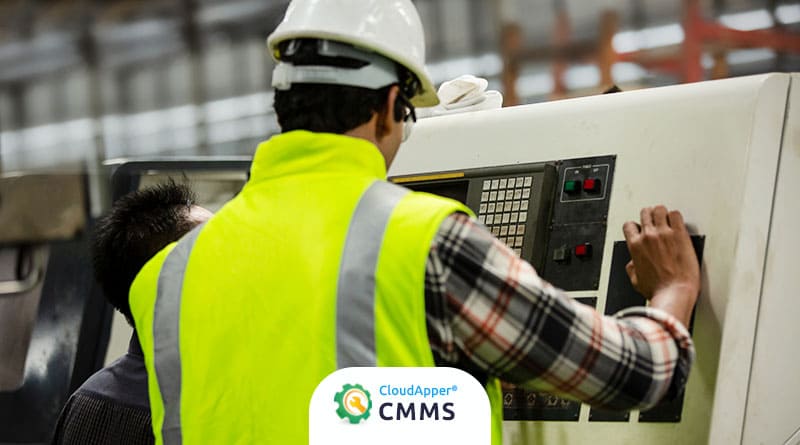
Ensure that Maintenance Doesn’t Create Bottlenecks
Preventive maintenance means that the different pieces of equipment are receiving regular maintenance, inspections, servicing, and emergency repairs. However, all maintenance activities must be scheduled in a way that doesn’t affect production; otherwise, maintenance will become a bottleneck.
There are different ways to ensure that maintenance doesn’t disrupt production. One of the ways is mentioned above – plan maintenance during outages. A common approach is to schedule maintenance tasks when the equipment is idle, as machines may not be used constantly throughout the day. One of the most common approaches is scheduling downtime to take the asset offline and service it. While some might find these maintenance tasks intrusive, if they aren’t provided to the machinery, they will break down, malfunction, or even die prematurely. Thus, organizations must make time for the equipment to receive maintenance, inspections, cleaning, etc.
CloudApper CMMS Helps Improve Preventive Maintenance
CloudApper CMMS helps with all of the above and more! It is a modern and intuitive CMMS software solution that streamlines maintenance tasks, simplifies emergency repairs, and helps with preventive maintenance management. It ensures inventory and spare parts management, equipment management, vendor management, technician management, work order management, and so much more. The best part is that it can be used right from smartphones and tablets – helping ensure preventive maintenance on the go!


